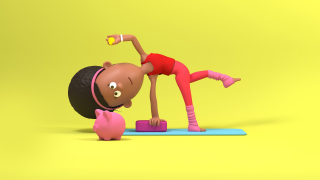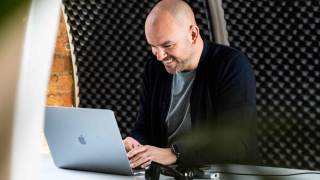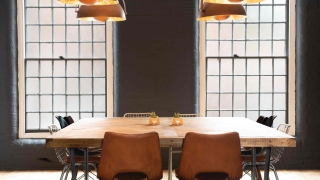
Computer-generated imagery, or CGI for short, is the process of creating still or animated images using imaging software rather than a camera. CGI allows us to create high-quality, realistic imagery of something that doesn’t exist in the real world or easily construct digital images of things that do exist in a more cost-effective way.
CGI in today’s world
CGI is most popularly used in films and tv shows, from the dinosaurs in Jurassic Park to Pikachu in Detective Pikachu – CGI is a great tool to bring fictional characters to life. We know CGI is a big part of the film industry, but it is also an important tool in many other areas. From creating visuals of new products to creating realistic images of properties to help with planning applications – the uses of CGI are endless.
CGI has come a long way in the last two decades, take a look at the trolls in the first Harry Potter movie compared to Gringott's dragon in the last - the improvements are pretty impressive. As technology advances the more realistic CGI becomes. Sometimes CGI can be considered more ‘realistic’ than actual photos making it hard to distinguish between what’s real and what’s CGI, for example, 75% of the photography in the 2016 Ikea catalogue was CGI.
The Use of CGI in Product Prototyping
Creating prototypes for your product can be expensive, especially if you have more than one design, or require different prototypes. CGI allows you to create realistic visualisations of a product, easily creating different variations or making changes, all without expensive manufacturing costs.
Even with plenty of market research you never know how consumers will react towards your product until it’s released. Showing realistic CGI variations of your products allows you to understand the opinions of consumers so you can make changes based on feedback before your product is released. It also allows you to understand demand and see what the interest surrounding your product is, you may even get pre-orders before manufacturing.
The Use of CGI in Property and Architecture
CGI is used during the planning process of both residential and commercial property developments. Using architectural visualisations and CGI we can create realistic, stunning visuals that can help speed up and support planning permission applications, business cases and pitch presentations.
High-quality, accurate 3D visuals that can be used in print and online advertising before development has even started. With the possibilities of creating interior and exterior visuals, you can start gathering interest from potential buyers before any bricks have been placed.
At Fluid, we create photo-realistic architectural CGI for clients across the property and leisure sectors.
The Use of CGI in Commercial Marketing
When it comes to showcasing your product, you have two choices; photography or CGI. Photography is a great way to get high-quality images of a product, but it can be time-consuming and costly especially if you aren’t happy with the final images or if you end up changing something on the product, meaning a whole new shoot. With CGI you can make as many edits and changes to visuals without the extra time and expensive costs. Unlike traditional photography, you can create online walkthroughs, virtual tours or even show each component and how it makes up a product - the possibilities with CGI are endless.
CGI is used in all industries for marketing, from the latest car tv adverts to food adverts. CGI is favoured by advertising companies as it gives the power to create the perfect version of something. If you are advertising a new car, CGI can help create the perfect scenic back drop with the best weather for your clean and shiny car - all without having to travel anywhere.
Get in touch!
Here at Fluid, we have an expert image and motion team on hand to help create photorealistic 3D visualisations. If you want to find out more, we would love to hear from you!







